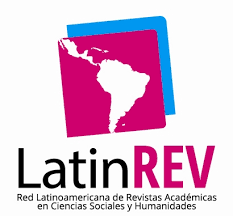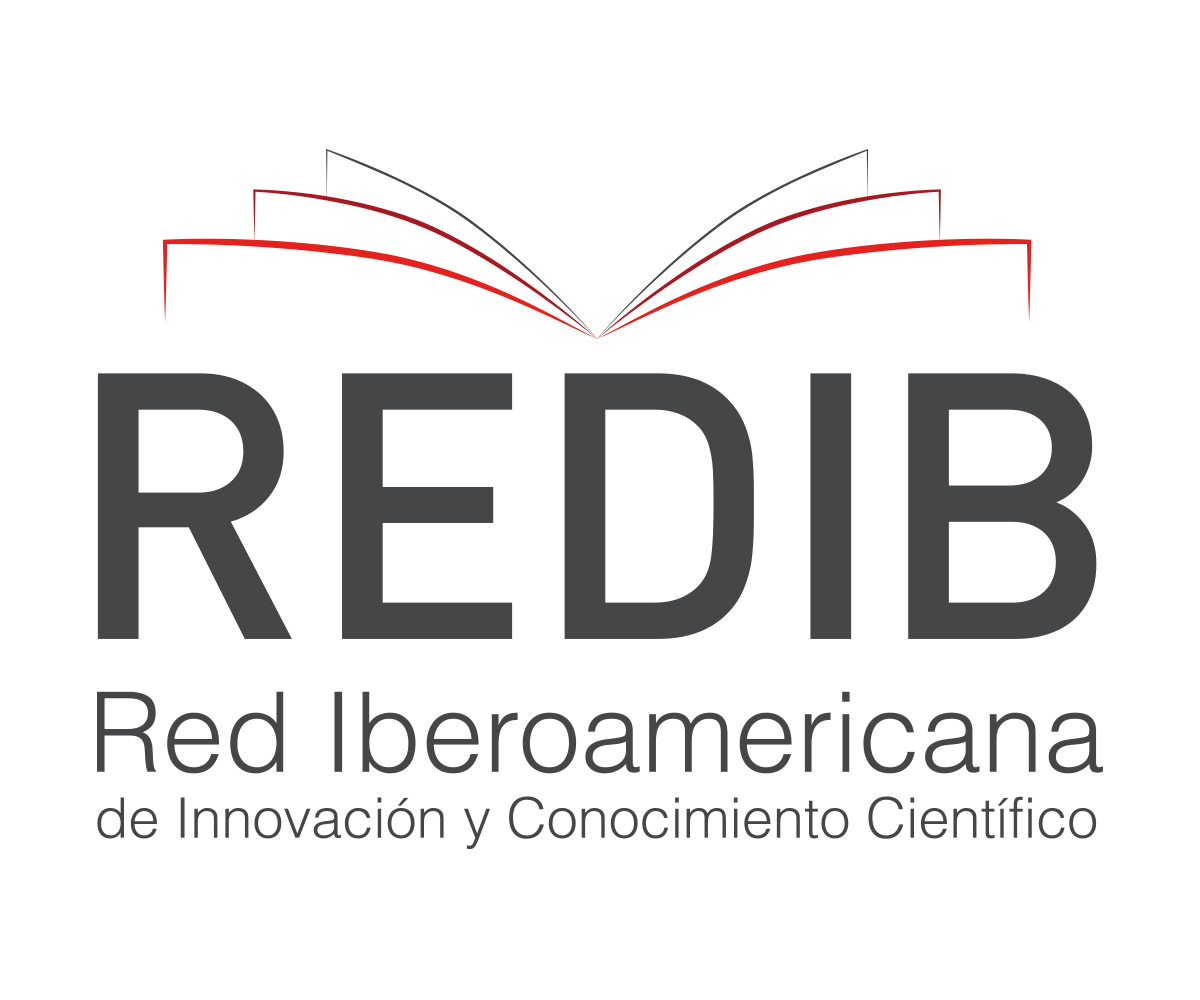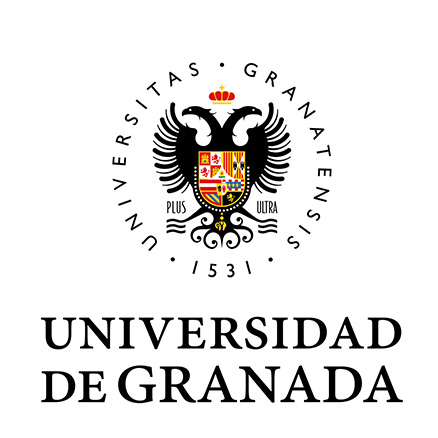Diagnosis to know the strengths and weaknesses of the teacher performance evaluation process at the Universidad of Xalapa
DOI:
https://doi.org/10.5281/zenodo.8193115Keywords:
Students, teachers, Academic StaffAbstract
This Research is carried out at the University of Xalapa on the diagnostic topic of teaching performance before the Evaluation, to know its strengths and weaknesses, that the Department of Institutional Evaluation manages to carry out an objective, timely Evaluation and that has credibility before the Institution.To carry out this diagnosis, the instruments for its application are developed, the questionnaire and the interview before the academic authorities that are involved, the evaluation process detects what their failures or successes are towards where they are directed with the Teaching Evaluation. In order for the Teacher to improve his practice, there is feedback towards his performance in the classroom.
References
García C. Loredo, Carraza P. (2008) Aproximaciones de la Teórico Metodológico de la RIEB.
Hernández Sampieri Roberto; Fernández Collado, Carlos; Baptista Lucio, Pilar (2006) Metodología de la Investigación. Primera Edición. México. Editorial MCGraw-hill interamericana.
Institutito Nacional para la Evaluación de la Educación (2013) México.
Secretaría de Educación Pública (2010) Lineamientos de Evaluación docente: México.
Universidad de Xalapa (2002) Manual de Titulación (tercera edición.) Xalapa, Veracruz.
Universidad de Xalapa (2012) Modelo Edugestión. (1ª. Ed.) Xalapa, Veracruz. Editorial Propiedad Universidad de Xalapa.
Published
How to Cite
Issue
Section
License
Copyright (c) 2023 Universita Ciencia

This work is licensed under a Creative Commons Attribution-NonCommercial-ShareAlike 4.0 International License.
This journal adheres to the Creative Commons license in the definition of its policy of open access and reuse of published material, in the following terms:
- Accessibility to articles and other publications in whole or in part under the concept of copying, distribution, public communication , interactive access (through the Internet or other means), explicitly maintaining the recognition of the author or authors and the journal itself (authorship acknowledgment).
- Warning that if the articles are remixed, modified or fragments used in other creations, the modified material cannot be distributed, nor is it allowed to reconstruct versions from the original published articles (derived works).
- The use of the contents of the published articles, in whole or in part, for profit (non-commercial recognition) is prohibited.
The author retains copyright, transfers or grants exclusive commercial rights to the publisher, and a non-commercial license is used.














